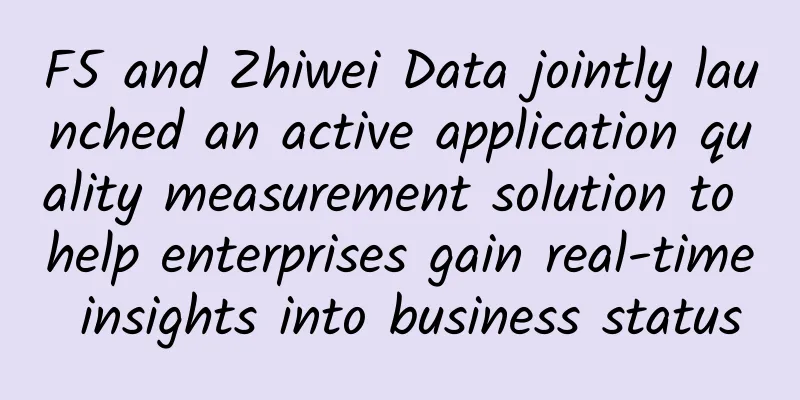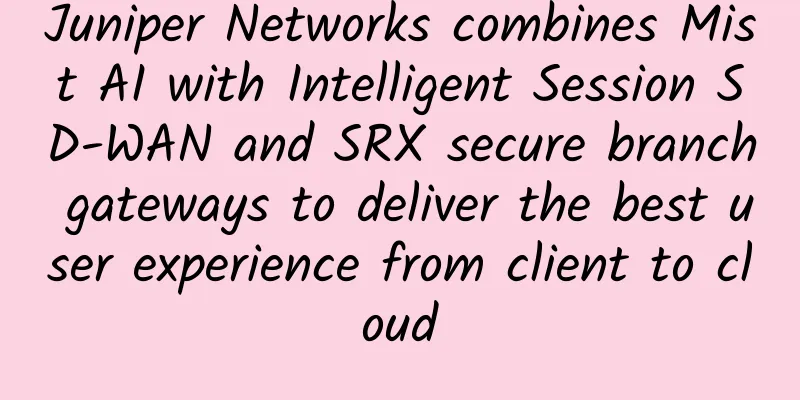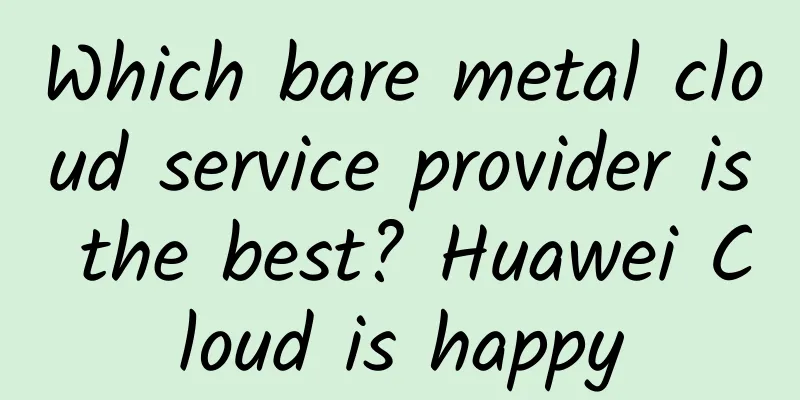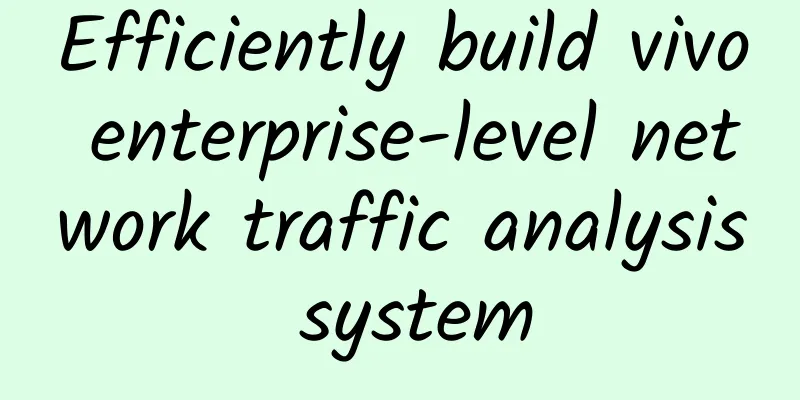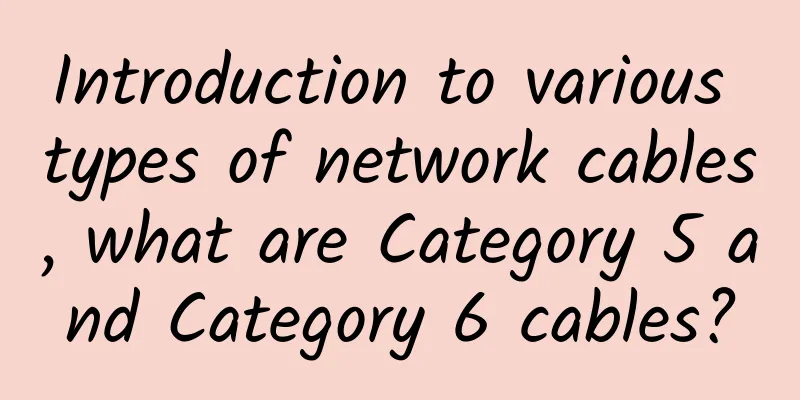These 8 technologies may disrupt 2018
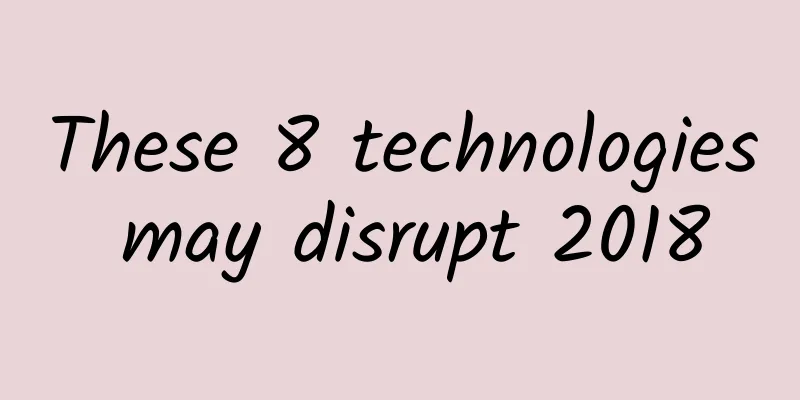
|
As 2018 begins, many of the biggest tech trends are still ongoing, and as Bill Gates said, “Most people overestimate the short-term value of a technology and underestimate its long-term value.” Similarly, most annual forecasts overestimate the likelihood of certain events occurring within a year and underestimate the impact those events will have over time. From the Internet of Things to cloud computing and artificial intelligence, the industry is experiencing a new wave of technology that may change and greatly affect the world around us. IHS Markit (Nasdaq: INFO), a leading global information service provider, recently released a white paper titled "Eight Global Technology Trends in 2018". It helps you understand how these technologies come together in new and powerful ways to fundamentally change enterprises, promote innovation, and subvert industries, creating opportunities while bringing threats.
The eight transformative technologies in the global market in 2018 described in the IHS Markit white paper are summarized as follows: Trend 1: Artificial Intelligence (AI) Artificial intelligence has matured to the point where it has become a competitive advantage in several industries, especially in the smartphone, automotive and medical markets. In addition, optimization of mobile devices and cloud-based solutions are becoming a focus. Cloud-based AI uses deep learning algorithms and has greater computing power for data analysis, but there are issues such as privacy, latency and stability. Mobile AI can help offset these risks to some extent. For example, if smartphone users deploy built-in AI on their phones, they can store data locally to protect their privacy. Trend 2: Internet of Things (IoT) IHS Markit predicts that the global installed base of IoT devices will grow to 73 billion in 2025. The convergence of enhanced connectivity options and edge computing and cloud analytics capabilities will lead to the accelerated development of the IoT in 2018 and the four-stage evolution of "connect, collect, compute and create". Increased IoT connectivity, such as low-power wireless access (LPWA), will drive growth. In addition, IoT-related technologies will continue to mature. Machine video and ubiquitous video will enable new types of visual analytics. Artificial intelligence, cloud computing, and virtualization will help generate critical insights from data at the so-called "edge" of computer networks. Artificial intelligence applied to data will drive monetization in the form of cost savings, efficiency improvements, and a shift in service models from product-centric to service-centric. Trend 3: Cloud computing and virtualization Cloud services will pave the way for technologically less mature businesses to apply machine learning (ML) and artificial intelligence, fundamentally changing their use and understanding of data. Trend 4: Connectivity As the first 5G commercial deployments emerge, connectivity will become a focus. However, the path to full 5G application and deployment is complex, with new opportunities and challenges for mobile network operators, technology infrastructure providers, equipment manufacturers and end users. 5G represents a dramatic expansion from traditional cellular technology, including the integration of a large number of IoT and various key application systems in addition to mobile voice and broadband. Trend 5: Video Everywhere The widespread use of screens and cameras in various consumer and enterprise devices, coupled with increasingly advanced broadcast, fixed and mobile data networks, is triggering an explosion in video consumption, creation, distribution and data traffic. More importantly, video content is gradually expanding from entertainment to applications such as medical, education, security, remote control and digital signage. Trend 6: Computer Vision The growing importance of computer vision is closely tied to the larger trend of digitalization across industrial, enterprise, and consumer sectors. The diversity of image sensors, coupled with improvements in image processing and analysis, is fueling a wider range of applications, including industrial robotics, drones, intelligent transportation systems, high-quality inspection, medical, and automotive. Trend 7: Robots and drones The global robot and drone market will grow to $3.9 billion in 2018. However, the deeper meaning is that robots and drones have the potential to subvert the long-standing business model of manufacturing and industry, affecting key areas such as logistics, warehousing sorting, autonomous navigation and distribution. Trend 8: Blockchain Blockchain facilitates decentralized transactions and is the underlying technology for digital currencies such as Bitcoin and Ethereum. Blockchain applications outside of financial services have already been developed and deployed, and will continue to expand in 2018, including: using blockchain to improve advertising measurement and combat ad fraud; a blockchain-based music copyright protection platform and solutions designed to better track and manage the electronics supply chain. |
>>: Playing with Bitcoin = playing with fire? This is what the heads of major central banks think
Recommend
80VPS: Hong Kong server monthly payment starts from 420 yuan, US CN2 monthly payment starts from 650 yuan, Hong Kong/US cluster server starts from 750 yuan
I have shared information about 80VPS many times ...
Why haven’t white box vendors penetrated the large enterprise market? How can they change that?
According to IDC's latest survey data, global...
Listen to Medical Information | Why do hospitals choose minimalist Ethernet color optical network for network construction?
As the overall informatization of the medical ind...
What you need to know about Wi-Fi 7
As Wi-Fi 7 continues to make waves in the technol...
Is it necessary to activate a 5G package to use the 5G network? The Ministry of Industry and Information Technology has responded, and users are applauding
Two years ago, 5G was still far away from us; two...
50% of CIO panel members predict that 5G will drive the development of the Internet of Things
A panel of 12 technology experts (also known as t...
my country's 5G construction and development have achieved remarkable results, and the 6G layout is about to start
At present, 5G, as a global emerging strategic in...
5G Development Trend Survey
Overview The COVID-19 incident in 2020 did not we...
Let’s talk about SRv6, the “super internet celebrity” in the communications industry
In this last technical article of 2020, I will ta...
CloudSilk VPS in Tokyo, Japan is now online, with annual payment of CMI for three-network backhaul starting from 360 yuan
CloudSilk has launched a VPS host in Tokyo, Japan...
What technical support is needed to build a fixed network architecture based on SDN/NFV?
As of the end of October 2016, the number of Chin...
Huawei redefines data infrastructure. Here are the answers to five questions that the industry should be concerned about!
[51CTO.com original article] On May 15, Huawei re...
PAM4 and Coherent Technology in 100G DWDM Optical Modules
[[385177]] 100G transmission in data centers is p...
Related steps of network construction and problem solving
The basic process of network construction include...

